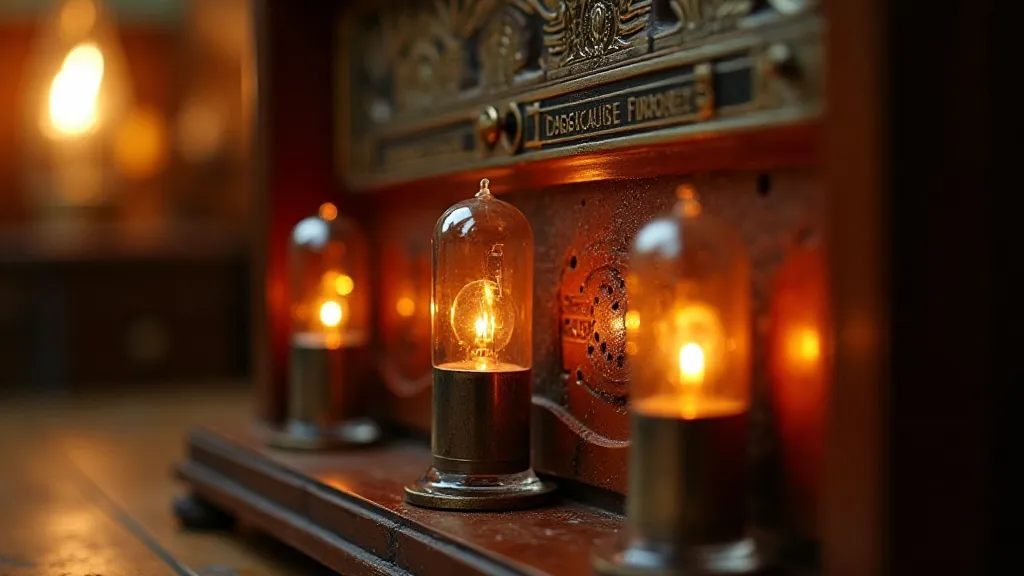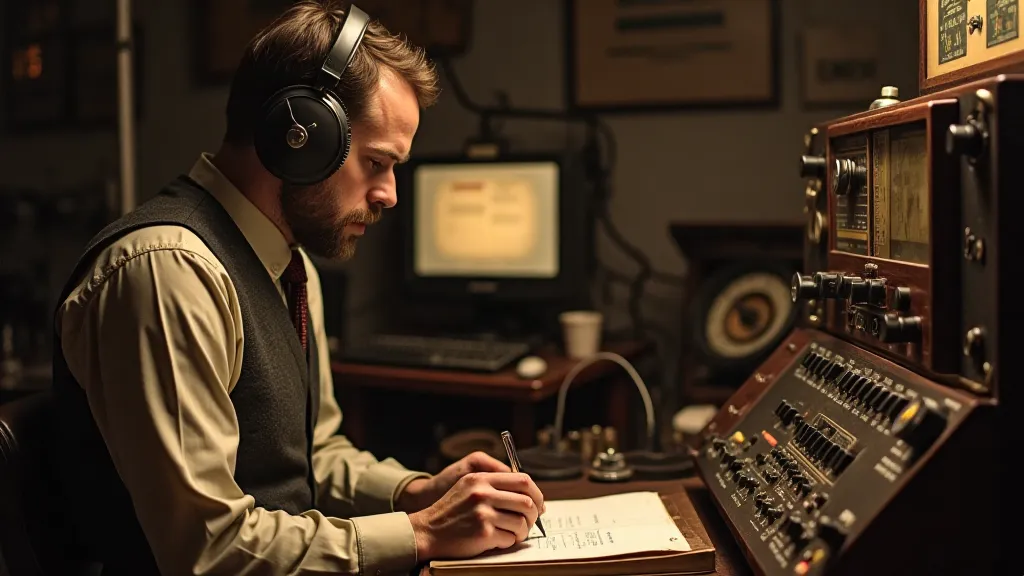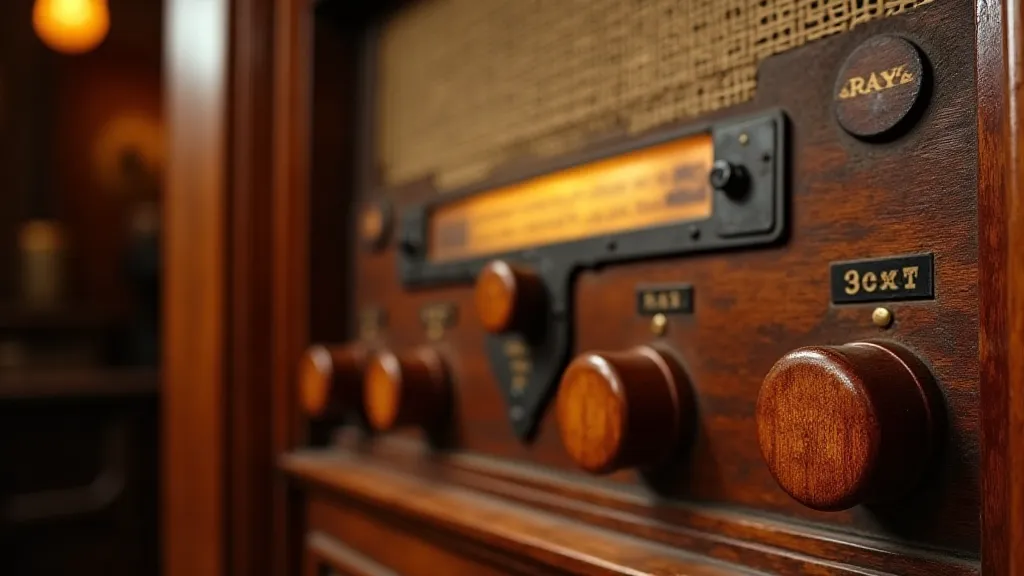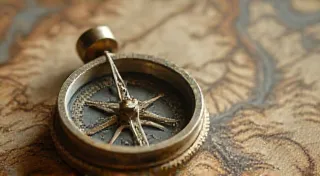The Fabric of Frequencies: Understanding Radio Propagation and its Influence
There’s a particular stillness that descends when you’ve just completed a restoration – the quiet hum of a resurrected antique radio filling the room. It’s more than just sound; it’s a connection to the past, a whisper of voices long gone, and a testament to the ingenuity of a bygone era. But these voices, these signals, didn’t simply materialize in our homes. They travelled, defied distance, and battled atmospheric conditions – all thanks to the fascinating science of radio propagation. Understanding this science isn’t just for engineers; it’s for anyone who appreciates the magic and beauty of these vintage electronics, and for the restorers dedicated to bringing them back to life.

The Early Days: Marconi and the Dawn of Wireless
The story begins with Guglielmo Marconi. It’s easy to get caught up in the romantic ideal of the inventor, but Marconi’s early experiments were born from a deep need – the safe communication across the vast expanse of the Atlantic. Before him, communication relied on wires, a network stretching across continents. But imagine the challenges of establishing a truly global network! Marconi, armed with Hertz’s theoretical foundation and Oliver Lodge’s experimentation, set out to prove that radio waves could travel far beyond the horizon. His initial experiments were modest, sending signals across a few miles. But the success of those first transmissions sparked a global frenzy. Suddenly, a world connected by wires could be connected by the very air itself.
Early long-distance radio relied heavily on simple ground wave propagation. Radio waves travel along the surface of the Earth, attenuating (weakening) with distance. This method was effective for relatively short ranges, but to reach overseas, something more was needed. That ‘something’ was the ionosphere.
Sky Waves and the Ionospheric Dance
The ionosphere, a layer of charged particles in Earth’s upper atmosphere, acts like a giant mirror for radio waves. Radio waves transmitted at certain frequencies – typically between approximately 3 MHz and 30 MHz (the High Frequency or HF band) – are reflected back towards Earth, allowing signals to travel thousands of miles. The behavior isn't static; it fluctuates dramatically depending on solar activity and the time of day. During the day, the ionosphere is denser and reflects higher frequency waves. At night, it thins out, allowing lower frequencies to penetrate deeper and bounce back.
This phenomenon is sometimes referred to as "skip," because signals reflected from the ionosphere can appear to "skip" over areas that are otherwise beyond the direct range of the transmitter. For a vintage radio enthusiast, understanding skip zones is vital when trying to identify the geographic origin of a weak, distant signal. It allows you to appreciate the intricate, almost unpredictable, nature of radio communication.
The Sun's Influence: Solar Flares and Radio Blackouts
The sun is the ultimate puppet master of radio propagation. Solar flares – massive eruptions on the sun’s surface – release enormous amounts of energy that disrupt the ionosphere. These disruptions can cause radio blackouts, where HF communication is completely unavailable for periods ranging from minutes to hours. Restorers of antique radios frequently encounter accounts in old logbooks detailing periods of unexplained signal loss, often directly correlated with known solar events. These historical records provide fascinating insights into the challenges faced by early radio operators.
Beyond solar flares, the general level of solar activity – measured by the sunspot cycle – has a profound effect on radio propagation. Periods of high solar activity generally lead to improved HF communication conditions, although the specific frequencies affected can be complex and difficult to predict.
Tropospheric Ducting: A Localized Phenomenon
Beyond the ionosphere, the troposphere (the lowest layer of the atmosphere) can also play a significant role in radio propagation. Under certain conditions, a phenomenon called tropospheric ducting can occur, where a layer of warm, moist air trapped beneath a layer of cooler air acts like a waveguide, bending radio waves around the curvature of the Earth. This can result in signals traveling hundreds or even thousands of miles beyond the normal line of sight.
The effect is highly localized and unpredictable, but experienced restorers sometimes notice instances of remarkably strong signals from unexpected directions. It's a reminder that atmospheric conditions are constantly shaping the radio landscape, adding an element of chance and wonder to the listening experience.
Groundwave and its Limitations
While less crucial for long-distance communication, groundwave propagation still plays a role, especially for local broadcasts. Groundwave travels close to the surface, and its effectiveness is influenced by factors like antenna height and ground conductivity. Historically, groundwave signals were often used for relatively short-range AM broadcasts. The quality of the signal degrades rapidly with distance, making it unsuitable for transcontinental communication.

Restoring and Appreciating the Connection
As restorers, we don’t just fix circuits; we revive connections. We breathe life back into machines that were once vital links in a global network. Understanding radio propagation isn't just about technical knowledge; it’s about appreciating the ingenuity of the engineers who designed these radios and the operators who relied on them. Every successful restoration brings us closer to that understanding, revealing the complex interplay between technology, atmosphere, and human connection.
When you hear that crackling signal from a distant station, remember the journey it has taken – a dance with the ionosphere, a battle against atmospheric disturbances, and a testament to the power of human innovation. The fabric of frequencies weaves a remarkable story, and we, as enthusiasts and restorers, are privileged to be a part of it.






